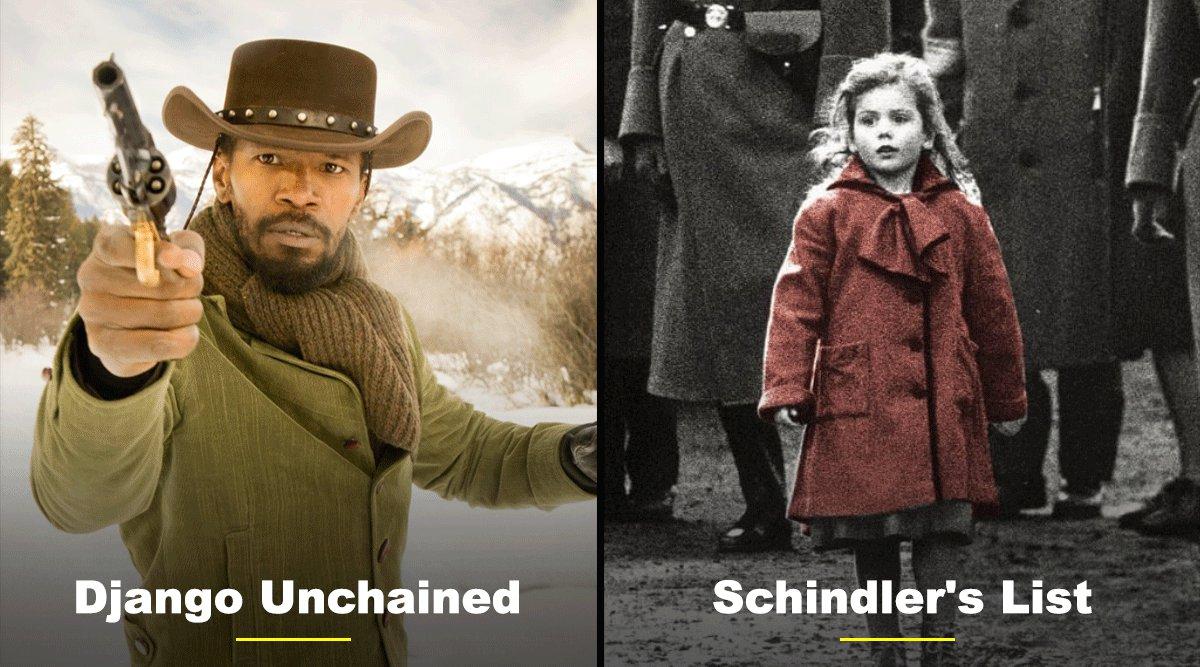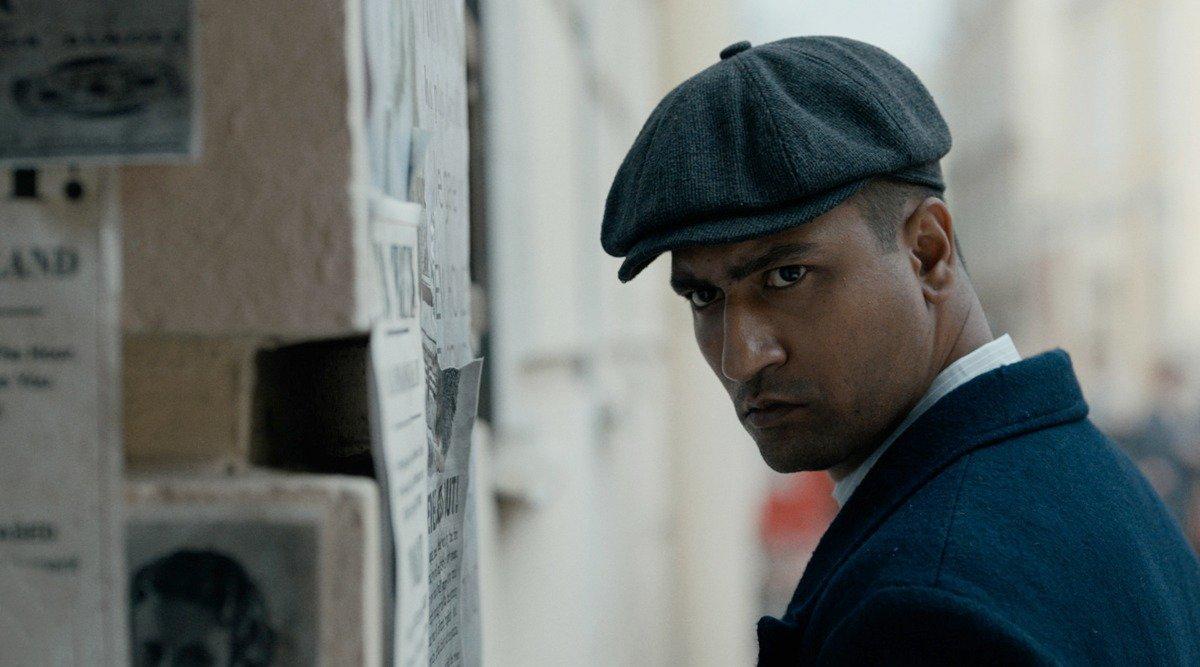Amazon Prime’s latest film Sardar Udham opens a rarely told chapter of India’s freedom struggle. While the movie focuses on Sardar Udham Singh and the Jallianwala Bagh massacre, it also offers a rare peek into a rebellion led by Bhagat Singh’s HSRA.
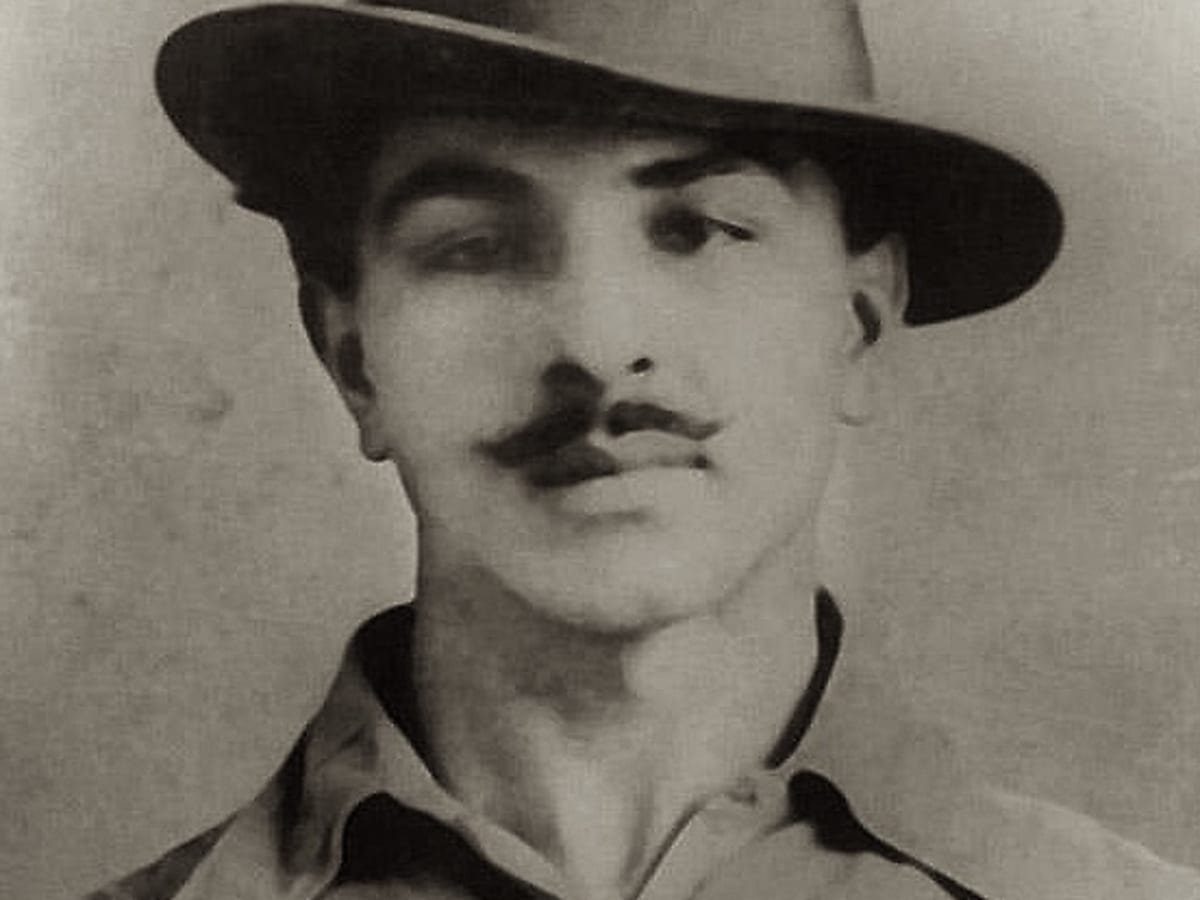
To begin with, Bhagat Singh was a member of a revolutionary organization named Hindustan Republican Association (HRA). HRA was founded by Ram Prasad Bisml and his associates in 1923. Their aim was to fight against British colonial rule in India and achieve independence for the country through an armed rebellion, if necessary.
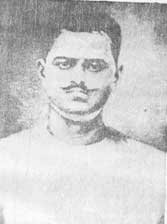
In 1922, when Gandhiji withdrew the Non-Cooperation Movement due to violene in Chauri Chaura, some leaders of the Indian National Congress broke away and formed the Swarajya Party. Some of the younger nationalists and workers weren’t quite sure of the idea of non-violence.
Bismil was a part of the second group. Other prominent members of the party were Sachindra Nath Sanyal and Jogesh Chandra Chatterjee. The HRA formed centres at Allahabad, Agra, Kanpur, Varanasi, Lucknow, Shahjahanpur and Saharanpur. It also had bomb manufacturing units in Calcutta and Deogarh.
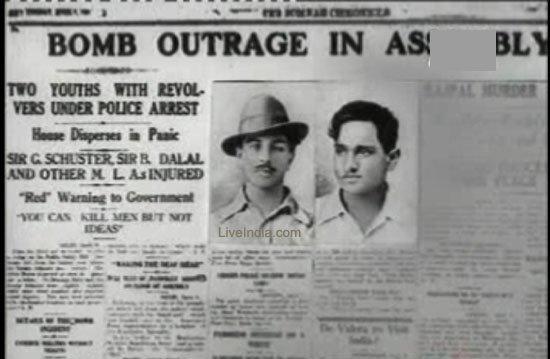
Bhagat Singh along with Sukhdev and Rajguru joined the party in 1924-25.
In 1925, the organisation looted a train carrying government money in Kakori. The revolutionaries involved in the episode were Ram Prasad Bismil, Ashfaqulla Khan, Rajendra Lahiri and Thakur Roshan Singh. All four were eventually hanged by the government in 1927.
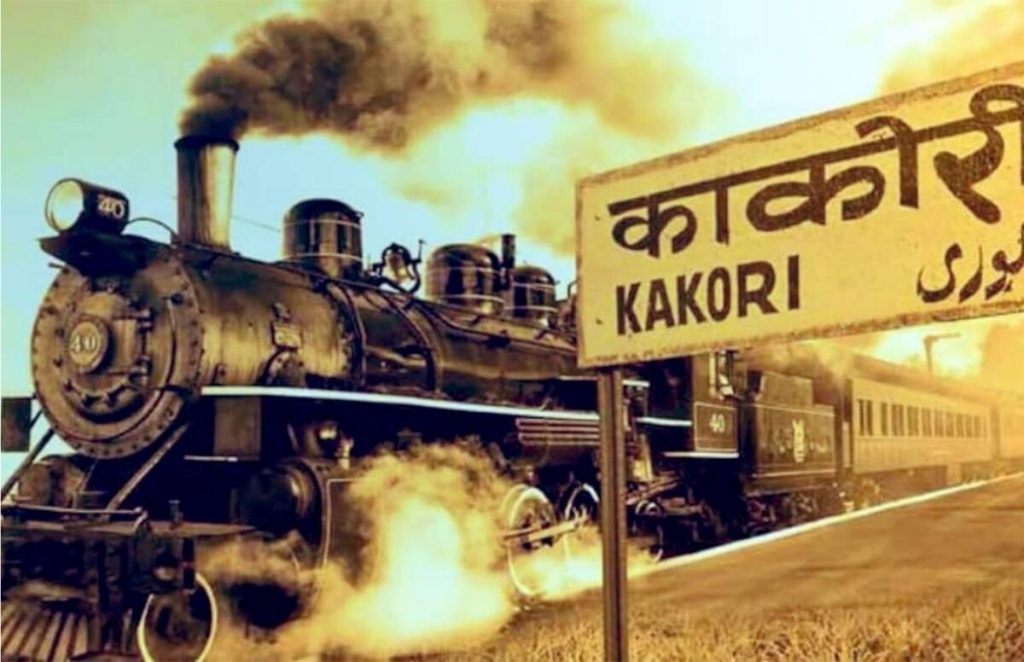
The name of the party was changed to Hindustan Socialist Republican Association (HSRA) in 1928 primarily because of Bhagat Singh’s insistence.
In 1928 when the Simon Commission came to India, veteran leader and freedom fighter Lala Lajpat Rai was severely lathi-charged on the orders of a British officer James A Scott. The 63-year-old died a few days later.
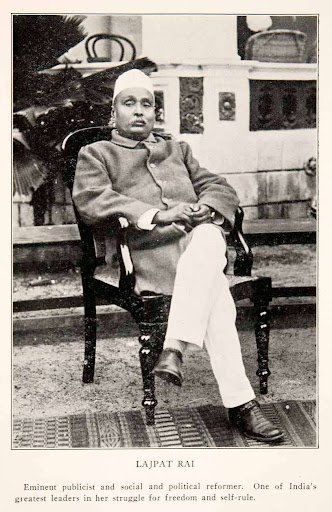
This was a huge blow to the Indian national movement and the revolutionary groups decided to avenge his death.
Bhagat Singh and Rajguru shot another police officer John Saunders in a case of mistaken identity. They had intended to shoot Scott. However, the HSRA still claimed that revenge had been taken.
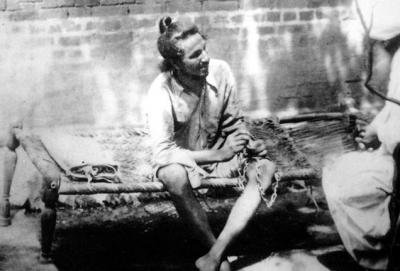
Next, Bhagat Singh & Batukeshwar Dutt bombed the Central Legislative assembly to “make the deaf hear”. Nobody was injured in the bombing and both the revolutionaries courted arrest after the incident.
Later in 1931, Bhagat Singh, Sukhdev and Rajguru were hanged to death for Saunders’ murder.
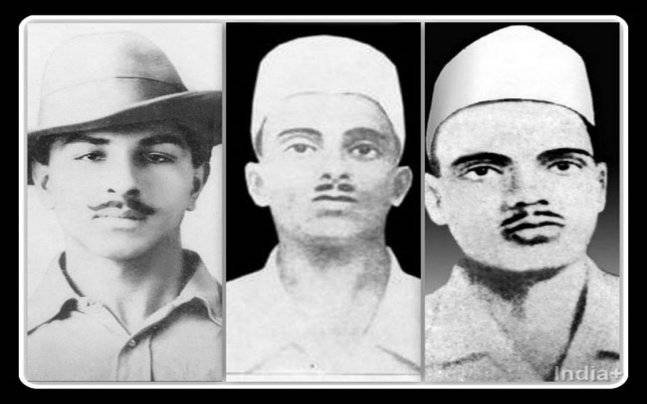
The manifesto of HSRA had declared in 1925 that it stood for ‘abolition of all systems which make the exploitation of man by man possible.’ Their main objective was to preach social revolutionary and communistic principles.





